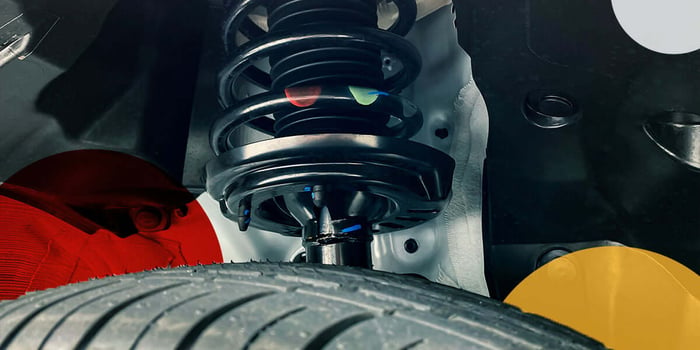
The Impact of Vibration and Shock on Car Batteries
Introduction:
A car battery is a sensitive component whose performance can be significantly affected by physical conditions such as vibrations and mechanical shocks. Continuous vibration and sudden impacts can damage the internal structure of the battery, leading to reduced performance and a shorter lifespan.
Sources of Vibration and Shock in Vehicles:
-
Driving over rough or uneven roads, speed bumps, or potholes
-
Engine vibration and drivetrain movement
-
Sudden impacts during accidents or abrupt braking
Effects of Vibration on Car Batteries:
-
Internal Plate Damage: The lead plates inside the battery, where electrochemical reactions occur, may crack or break due to repeated vibrations.
-
Reduced Contact with Electrolyte: Vibration can cause the plates to shift or become partially disconnected from the electrolyte, reducing the effectiveness of chemical reactions.
-
Increased Internal Resistance: Structural damage to the plates increases internal resistance, leading to a drop in battery efficiency and performance.
-
Electrolyte Leakage: In non-sealed (flooded) batteries, intense vibration can cause the acidic liquid to leak, leading to corrosion and potential damage to surrounding electrical systems.
Effects of Impact on Car Batteries:
-
Physical Damage to the Battery Case: Sudden shocks can crack or deform the battery casing, making the battery unsafe or unusable.
-
Internal Short Circuits: Severe impacts can cause the internal plates to shift or touch each other, resulting in short circuits and complete battery failure.
-
Deformation of Battery Structure: Physical pressure or compression may lead to structural deformation, reducing the battery’s operational capacity.
Ways to Protect the Battery from Vibration and Shock:
-
Use of Proper Clamps and Mounts: Secure the battery firmly in place using appropriate holders to prevent excessive movement.
-
Select Vibration-Resistant Batteries: Opt for batteries designed to withstand harsh conditions, such as AGM (Absorbent Glass Mat) batteries.
-
Strategic Battery Placement: Install the battery in areas of the vehicle that are less exposed to direct vibration.
-
Regular Inspection: Check the battery condition regularly, especially in off-road vehicles or those frequently driven on rough terrain.
Importance of the Issue for Battery Lifespan:
Vibration and shock are often underestimated causes of battery degradation. Their impact can be substantial, especially in heavy-duty, off-road, and military vehicles. Taking preventive measures significantly enhances the battery’s longevity and reliability.
Conclusion:
Mechanical vibration and impact are critical yet overlooked factors in the deterioration of car batteries. Choosing robust, vibration-resistant batteries, ensuring secure installation, and maintaining regular inspections can help preserve battery life and performance over time.
